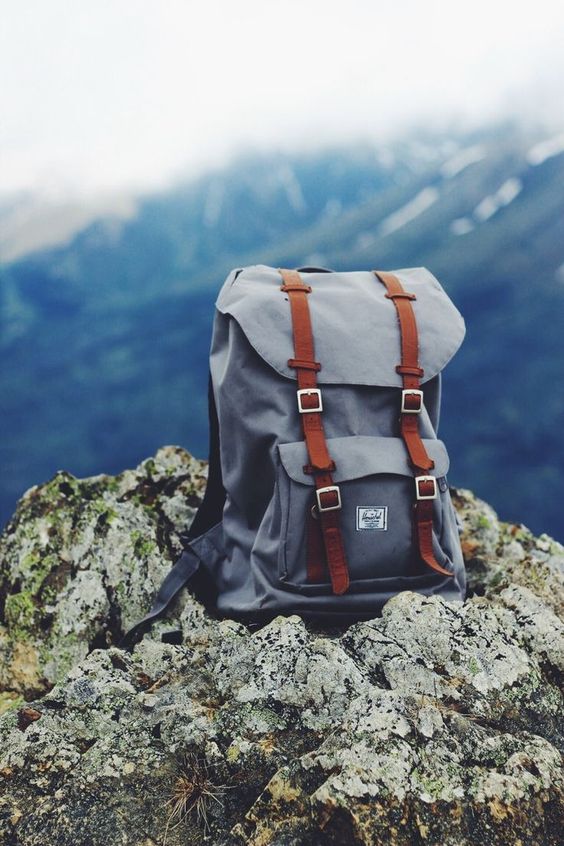Introduction:
Embarking on a hiking adventure is not just about traversing trails; it’s about finding the perfect companion that carries your essentials and adapts to the challenges of the great outdoors. Your hiking bag is more than a mere accessory; it’s a trusted ally that accompanies you through every ascent, descent, and winding path. In this guide, we’ll delve into the essentials of choosing the perfect hiking bag, ensuring that your chosen pack becomes an extension of your outdoor pursuits.
1. Understanding Your Adventure:
Before diving into the vast array of hiking bags, it’s crucial to understand the nature of your hiking adventures. Are you a day-hiker, a weekend warrior, or a long-distance trekker? Different types of hikes require different capacities and features in a bag.
2. Capacity Matters:
The capacity of your hiking bag is directly linked to the duration of your adventures. For day hikes, a smaller capacity (around 20-30 liters) is usually sufficient. Longer journeys may demand packs with capacities ranging from 40 to 70 liters, providing ample space for extra layers, gear, and provisions.
3. Material and Durability:
The material of your hiking bag plays a crucial role in its durability. Look for bags made from robust materials such as ripstop nylon or polyester, offering resistance to abrasions and tears. A durable bag ensures that it withstands the rigors of the trail and remains a reliable companion for years.
4. Comfortable Fit is Key:
A comfortable hiking bag is one that feels like an extension of your body. Look for bags with padded shoulder straps, adjustable hip belts, and a well-ventilated back panel. An ergonomic fit distributes the weight evenly, preventing discomfort during long hikes.
5. Design and Accessibility:
The design of your hiking bag should align with your preferred style and the type of gear you carry. Top-loading bags are classic and ideal for organizing gear, while front-loading or panel-loading designs provide easier access to your belongings. Consider the number and placement of pockets for efficient organization.
6. Special Features for Specialized Needs:
Depending on your hiking style, certain features can enhance your experience. For example, if you’re a photographer, a bag with a padded camera compartment might be essential. Hikers in rainy regions might prioritize water-resistant materials or an included rain cover.
7. Weight Considerations:
The weight of your hiking bag is a factor that directly impacts your overall load. Ultralight backpacks are favored by those who prioritize minimizing weight, while others might opt for slightly heavier bags with additional features. Strike a balance between weight and functionality based on your preferences.
8. Budget-Friendly Options:
Hiking bags come in a wide range of prices. While premium options offer cutting-edge features, there are plenty of budget-friendly packs that deliver reliability and durability. Consider your budget and prioritize features that align with your hiking needs.
9. Test and Adjust:
Before embarking on a significant hike, take the time to test your hiking bag with a smaller load. Adjust the straps, familiarize yourself with the pockets, and ensure a snug fit. This ensures that you’re comfortable and confident when hitting the trail.
Conclusion:
Your hiking bag is more than a vessel for your belongings; it’s a partner in your outdoor escapades. By considering factors such as capacity, material, comfort, and special features, you can choose a hiking bag that not only carries your gear but enhances your overall hiking experience. So, gear up, find the perfect pack, and let the trails unfold under the embrace of your trusty hiking companion. Happy hiking!

